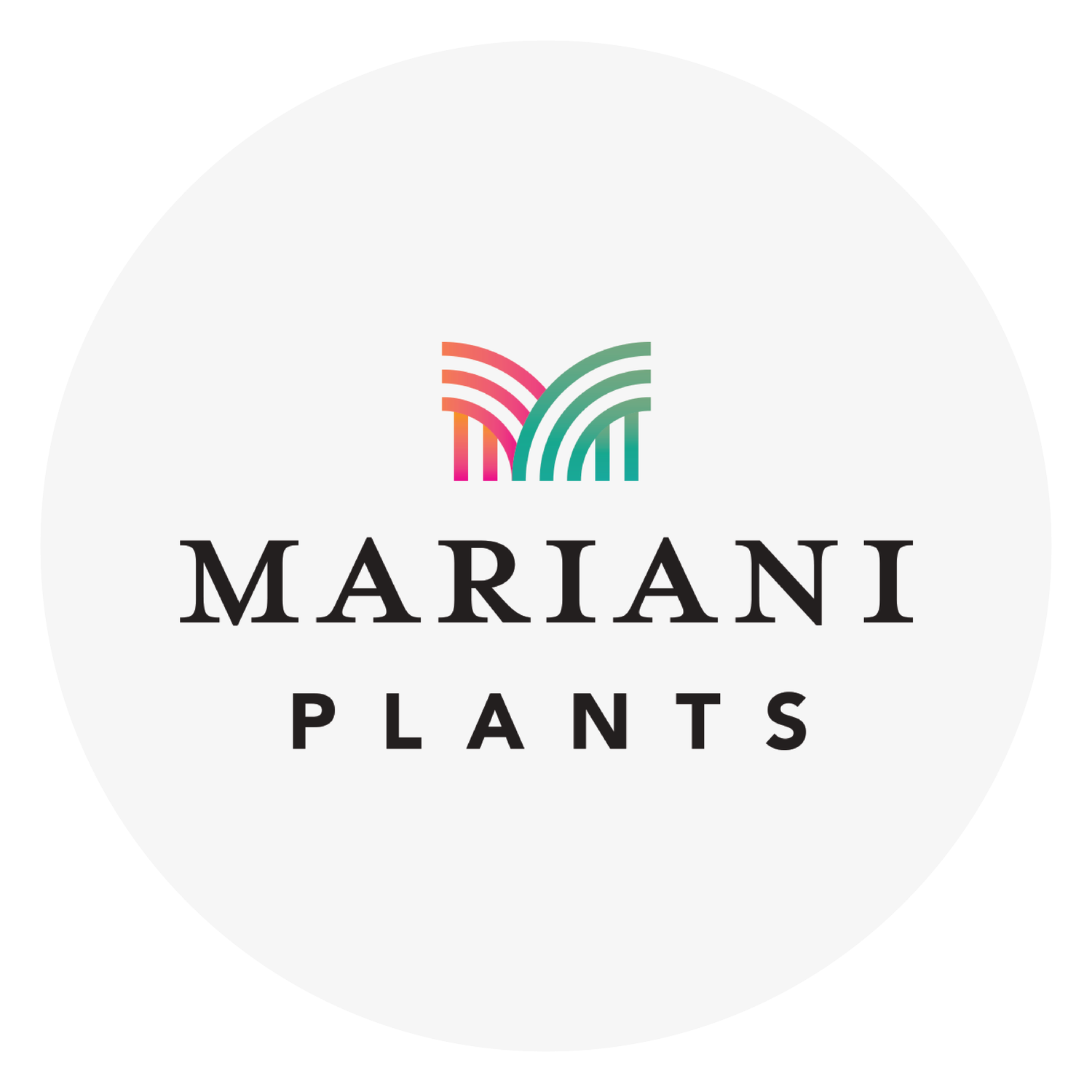Making the Green Industry greener
For most of us in this industry, our work is more than just a job – it’s a lifestyle. It’s a way of life that can test our resilience at times; we work long hours in a seasonal industry where much of our success hinges on how much we can sell over the course of eight weeks in spring, whether we’ll be able to find enough labor, and how well we can manage disruptions in the supply chain. The weight of this can push us to our limits, both physically and mentally. It’s the type of work that you don’t leave at the office when you go home at night; you carry it with you on the drive home and think about it on nights when you can’t sleep. In our industry, there is no such thing as a day off in the spring, and our lives and fortunes are inextricably linked to the weather forecast. But we take these challenges in stride because, after all, this is a lifestyle we choose, and it’s a choice we make because we’re passionate about the work we do.
After all, the work we do in the green industry has positive impacts on our health, our communities and the environment. By now, we’ve all seen the studies that show the impact plants and gardening have on improving mental and physical health and reducing stress. But we also grow and plant the trees that clean our air, filter our water, and cool our neighborhoods. We design and install landscapes that support pollinators and increase biodiversity. And we educate consumers about plants and inspire them to get involved in gardening.
But, ironically, the green industry has a problem when it comes to the environment, and that problem is plastic pots. Prior to WWII, most plants were sold bare root, balled and burlapped, or in heavy clay containers. After the war, demand for plant material grew dramatically along with the housing boom, and there was a need for lighter and more durable containers that could transport plant material more quickly and easily. Because of the focus on developing plastics during the war, the plastic industry was poised and ready to meet this demand. Since 1950, global plastic production has increased steadily year over year for use in every industry. By the 1980’s, the plastic pot had become the leading type of container in the nursery and greenhouse industries in the United States. The versatility, reliability, and low cost of plastic pots played a major role in the rapid growth of the green industry early on, since they allowed growers to quickly expand production to meet demand.
The durability and relatively low cost of plastic pots continue to fuel growth and efficiency in our industry today. Most of the plants we sell are grown in single-use plastic pots, and we use a lot of them. The most recent study, from 2009, showed that our industry used 1.66 billion pounds of plastic in the production of 4 billion container plants, and we can only assume that number has increased significantly since then. Because of all the challenges associated with recycling, along with the abundance of readily available new containers, the vast majority of our used pots end up in landfills. While other industries, like the food industry, have been able to scale up production of environmentally friendly packaging alternatives to replace single-use plastic products like straws and utensils, our industry is lagging in comparison. This is partly due to the fact that plants are living things, and plant pots need to be able to hold their integrity over a long period of time while withstanding heat, cold, water, and all the abuse they endure while living in a nursery or greenhouse environment.
All this is not to say that progress hasn’t been made in experimenting with more sustainable types of containers or looking for ways to reduce the carbon footprint of plastic use in our industry. Companies like CowPots™, Jiffy® Pots, and Ball Horticultural (with its SoilWrap® container) are innovators in the industry, testing and introducing new products made of natural materials like composted cow manure, coconut coir, and biodegradable plastics. East Jordan Plastics, a major producer of growing pots, plugs, and propagation trays based in Michigan, recycles close to 20 million pounds of used plastics every year in an effort to implement an energy efficient, closed-loop recycling process.
But we still have a long way to go when it comes to producing eco-friendly alternatives to plastic pots on a large enough scale to meet industry demand. And the recycling process remains costly and somewhat cumbersome when you consider the labor required to clean, sort, wrap, and ship used pots. One thing is clear though: consumers want sustainable products and packaging and, by and large, they’re willing to pay more for them. According to a 2022 study by Capterra, 84% of consumers surveyed reported purchasing a sustainable product within the last six months, and willingness to pay more for sustainable goods increased by an average of 8% since the previous year. The industry and our customers are ready for a more aggressive approach when it comes to making alternative pots more mainstream. We need to address this with our vendors by communicating that the demand is there, educate ourselves about what we can do reduce our dependence on single-use pots, and do what we can to make our industry greener faster.

